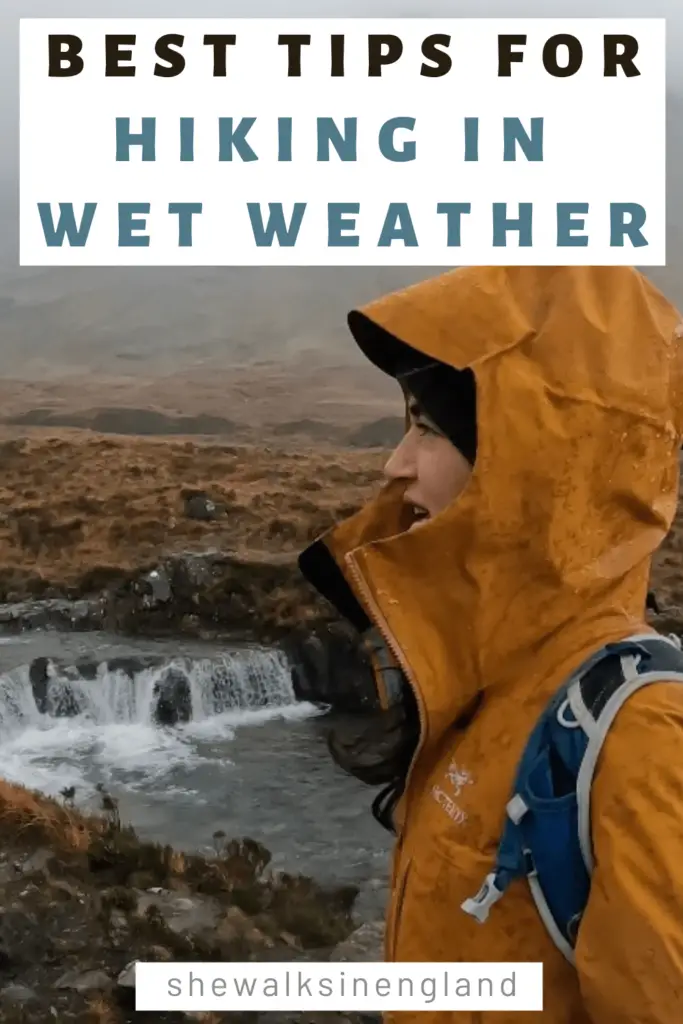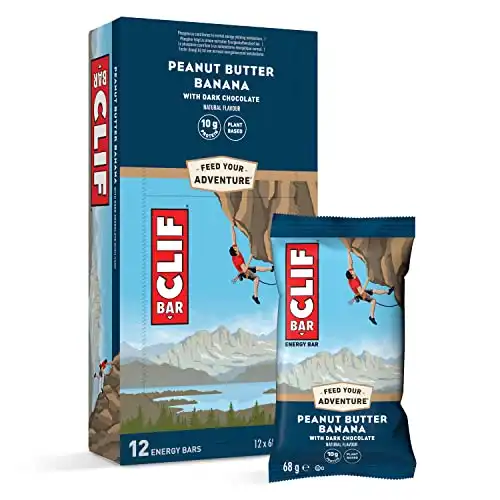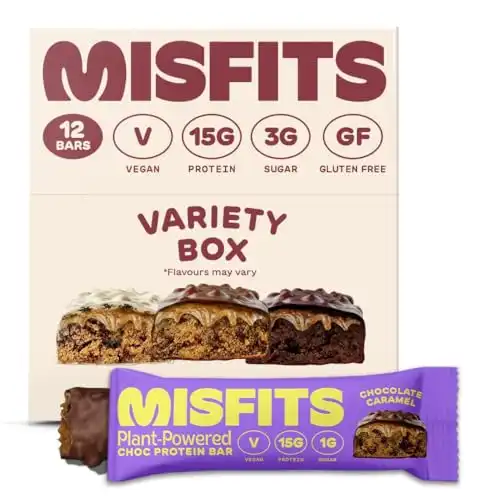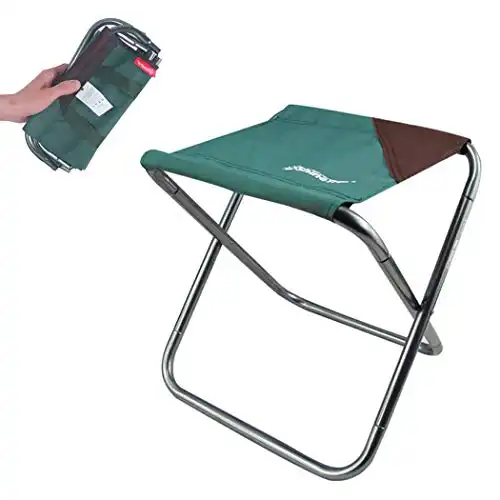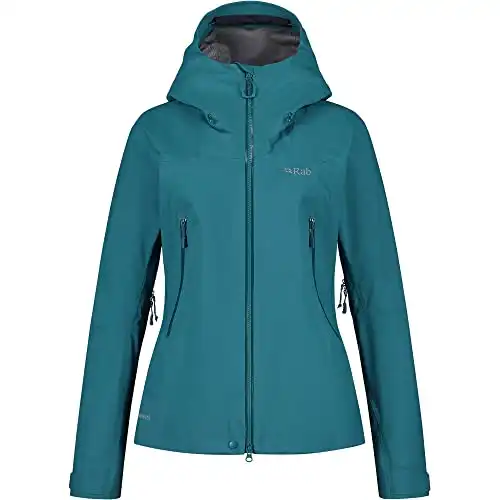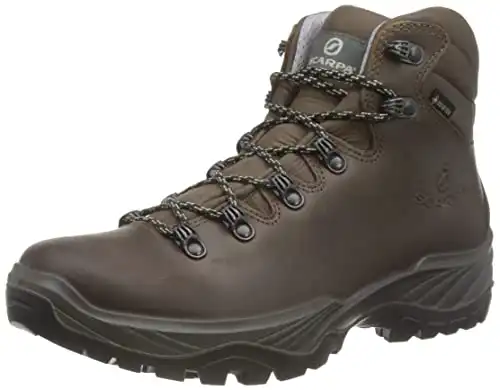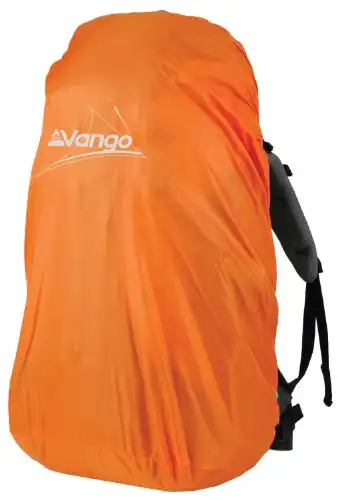Wether you have found yourself unexpectedly caught out in the rain, or you have purposely chosen to go out hiking in wet weather (why would you do that), following these tips will help make the experience more enjoyable, and safe.
I personally never choose to go out hiking in the rain, but I have been caught out in it enough times, that I now follow all of these tips myself.
This post uses affiliate links. As an Amazon Associate, I earn from qualifying purchases. You can read the privacy policy or Disclaimer for more info.
11 Tips For Hiking In The Rain
1) Avoid overly exposed hikes
If you plan to go out hiking in the rain, just be mindful that the more exposed, i.e hills and coastline, the higher your risk of getting wet. Especially as these areas are likely to have wind as well, which could give sideways rain, or worse, head on.
It’s very difficult hiking when you have to squint in an attempt to keep the rain out of your eyes. Plus, head on rain could seep in through your hood, and then you are wet.
As an alternative, pick a hike through woodland, or something that is a mix.
2) Take quick and easy snacks
When out hiking, you need to eat. Having quick and easy snacks will help keep your energy levels up, especially if you are struggling to find somewhere suitable to take a break, if the rain is really hammering down during your hike.
You can also store them in quick access locations in your back pack, ie side pockets, to avoid opening the main part of your bag, and potentially getting the inside wet.
| Pros:
| Pros:
| Pros:
|
- 12 bars
- Plant based
- High carb, high energy
- 10g protein per bar
- Different flavours to choose from
- 30 bars
- High carb, high energy
- Fruit infused
- Used by athletes
- 12 bars
- Variety pack, to keep things interesting
- Plant based
- 15g protein per bar
- Low sugar
Clif energy bars are a popular choice. They come in multiple flavours, and a nutritionally dense. So almost like a mini meal (in dessert form), to keep you going when hiking in the rain.
Sis Go Energy bars are high energy to give you that fuel hit that you need when you are lagging. It’s used by athletes and during races to power them through.
Misfits bars are lower in carbs than the others, so more suitable if you are watching your sugar intake, but still great for giving you a bit of extra energy when out hiking. They come in many different flavours, including a variety pack if you aren’t sure which flavour you would like.
3) Take something to sit on
A lightweight camping chair will come in super handy.
If you want to take a break, wether just for a rest from all the hiking, or to have some food, it won’t be much fun sitting on the wet ground. Even if your are wearing waterproof trousers, it could still be quite muddy.
I like this Trekology chair, because it comes with a high back for ultimate comfort. At just over 2 pounds, it isn’t the lightest. So if you don’t care too much about comfort, and want something ultralight, then this small portable stool would be perfect.
If you really want a chair with a back, but want something a bit lighter, then this Summit camping chair weighs 1.4 pounds. The back just isn’t as high.
4) Study your route, and be adaptable if you find yourself hiking in the rain
Before heading out hiking in the rain, a good tip is to study the route you plan to take. See if there are alternate routes along the trail, incase you need to deviate.
I have been in many situations where the path was so flooded that it was impossible, and I had to find another way, so I use Alltrails to familiarise myself with all the trail options.
I often have a few different places to hike in mind, and if it looks to be heavy rain where I had planned to go, I check the wether forecast for somewhere else.
5) Be waterproof – Probably the most important tip for hiking in the rain
This one is a bit of a no brainer, but it’s important to distinguish between waterproof and water resistant. Water resistant will not keep you dry when hiking in wet weather, so don’t bother. Go straight for the good stuff. I talk about this in more detail on what to wear when hiking in cold weather.
For quick reference, here are some I recommend:
Jacket – Rab Kangri Gore-Tex jacket
Trousers – Berghaus Gor-Tex waterproof trousers
Gaiters – Berghaus Gor-Tex gaiters
Boots – Scarpa Terra GTx waterproof hiking boots
| Description: This jacket uses 3-layer Gore-Tex, so you can be sure you will stay dry when out hiking in wet weather. It's also breathable, to prevent excess sweating, | Description: These over trousers use paclite Gore-Tex which isn't the highest level of waterproof, but I use these ones and have never had any problems. Being paclite, means they are super lightweight, so can be left in the bottom of your backpack for any unexpected rain occurrences when out hiking. | Description: Scarpa is my favourite hiking boot brand. I find them super comfy and have never needed to break them in. These ones are Gore-Tex, which means pretty waterproof. Exactly what you want when navigating big puddles when out hiking in the rain. |
This jacket uses 3-layer Gore-Tex, so you can be sure you will stay dry when out hiking in wet weather.
It's also breathable, to prevent excess sweating,
These over trousers use paclite Gore-Tex which isn't the highest level of waterproof, but I use these ones and have never had any problems.
Being paclite, means they are super lightweight, so can be left in the bottom of your backpack for any unexpected rain occurrences when out hiking.
Scarpa is my favourite hiking boot brand. I find them super comfy and have never needed to break them in.
These ones are Gore-Tex, which means pretty waterproof. Exactly what you want when navigating big puddles when out hiking in the rain.
Read more gear recomendations: What to wear when hiking in cold weather
6) Keep your stuff dry
You don’t just want to waterproof yourself when hiking in wet weather, you want to waterproof your accessories.
Backpack rain cover – They pack away super small, and are quick and easy to throw over your backpack if it starts to rain when out hiking.
Phone protection – A lot of phones have some level of waterproofness now. But if yours isn’t, then you should get a waterproof case.
Map protection – If you are using a map for navigation, then you should get a rain cover for it.
Read more: Day hike packing guide
7) Take spares
You can be waterproofed to the max, but accidents happen. Feet and socks are the main culprits. Water could get in through the top. Maybe you stepped in a big puddle and submerged your feet. Or your boot got sucked off your foot by the mud (this has happened to me a few times).
8) Stay warm, but not too warm
You want to make sure you are wearing good layers when out hiking. Be careful not to over do it though.
If you are wearing so many layers that you end up being too hot, you will sweat more which will make you cold when you stop moving – This is why I recommend investing in good breathable and high wick clothing. I cover what you should wear and how to layer in much more detail here.
As a rule of thumb, remember that you will be much warmer during the hike, than at the beginning. So it’s ok to wear slightly less under your waterproof jacket, and feel cold at the start, because you will warm up. It’s better to do it this way when hiking in wet weather, rather than start with all your layers on, because if you have to start undressing, you will break your lovely waterproof seal.
Just make sure to pack some layers in your backpack in case you do start to get colder, or if you plan to stop for a break.
Read more: 14 tips for staying warm on a winter hike
9) Check the weather
An obvious one, but thought I’d mention it. If I’m going hiking, I always check the weather forecast just before heading out, as things might be different from when I checked a few hours earlier, or the day before.
As I mentioned earlier, I never purposefully go out hiking if it’s raining, a little bit is fine, but heavy downpours are not my thing.
That way I can change my hike accordingly. Even if you don’t mind hiking in the rain, another good reason to check the weather again just before heading out, is it might have changed for the worse ie thunderstorms.
Having a clearer idea of the weather, will allow you to be prepared for what is to come.
10) Have fun – Arguably the second most important tip for hiking in the rain.
If you didn’t choose to hike in the rain, but rather it was forced upon you, then embrace it, as you can’t change it. Pain is temporary, fun memories are forever.
11) Don’t go
Hiking in the rain is totally fine, and don’t be afraid of it. However, if the rain comes with gale force winds, thunderstorms and weather warning’s, then don’t go. It’s not safe.
Pin it for later: 11 Tips For Hiking In The Rain
